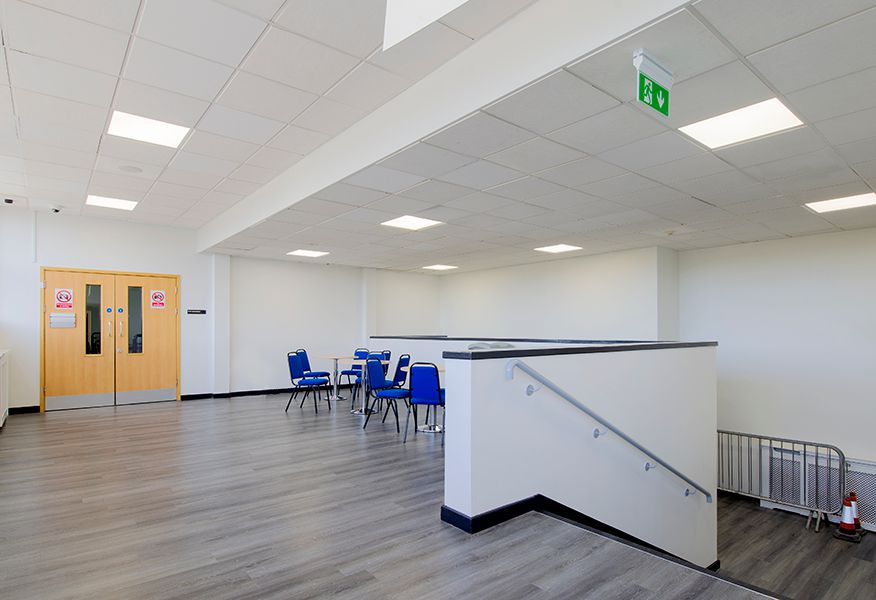Building safety and its connection with lighting
Following the UK government’s approval of the Building Safety Act 2022, the message to the construction industry has been clear – future buildings where we live and work must be much stricter on safety.
But what role does lighting play within these new parameters?
Historically, lighting has been an afterthought for those in the construction process. This has led to risky spec-breaking when it comes to emergency lighting for safety.
Following the horror of the Grenfell tragedy, construction is now in a place where minimum compliance alone cannot be adhered to for new and renovated building projects. Higher quality solutions must be chosen for emergency lighting.
Emergency prioritisation
To ensure no further disasters, and the creation of environments where people feel safe and comfortable, emergency lighting must be a priority in the development and maintenance of all buildings.
While lighting for a human-centric focus should be the core for any new building, emergency lighting has to co-exist alongside it.
In the event of a mains power failure, the lighting system should provide adequate levels of illumination allowing occupants to move safely around the building. The safety of the people within a building is of the highest importance, so ensuring they can move effectively in a time of danger and distress will reduce the chance of tragedies occurring.
Considerations
For emergency lighting to serve occupants as best it can, it should consider these aspects:
- Legal requirements - Emergency lighting products must be built and tested in line with British Standards.
- Lighting design – The function of the building or room, and how likely the area(s) are to change over time.
- Maintenance and Testing - Emergency lighting should be maintained and assessed monthly to ensure it is in full working order, including a daily visual inspection and monthly testing.
xcite’s BAFE accreditation is as a result of quality emergency lighting system design, using fully industry compliant ‘fit-for-purpose’ luminaires.
The xcite Emergency range is also complete with Self-Test versions of each product. Current regulations dictate mandatory periodic testing requirements for Emergency Lighting to ensure correct operation in the event of a mains failure. This includes a requirement for a monthly functional test and an annual full duration test.
Often this is usually a manual test carried out by trained responsible personnel. This can be time consuming and allows for error, with testing sometimes missed.
The benefits of self-test emergency -
- More effective and reliable than manual testing
- Easy to install
- Saves time and money
- Testing causes no disruption to the normal operation of the building
- Staggered tests mean all areas are protected in the event of a power failure
Installers can be safe in the knowledge that these products provide the most effective route to achieving an emergency infrastructure that is entirely fit for purpose.
You can download the Emergency Lighting Compliance Checklist here.

